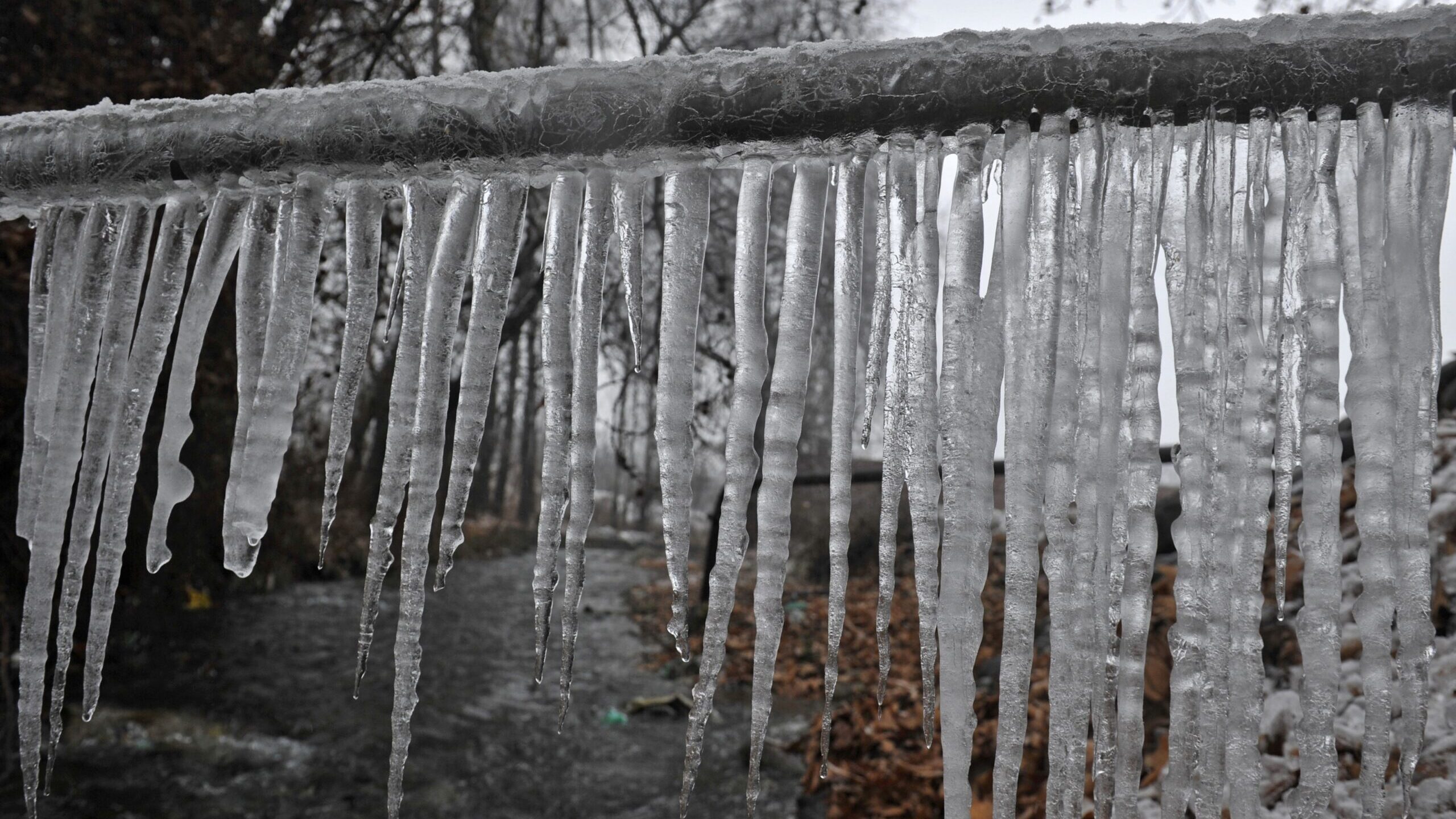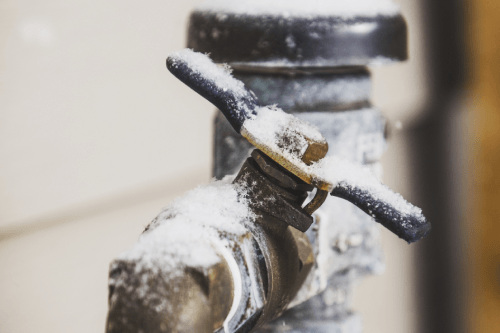Avoiding Frozen Pipes in Cold Weather: Essential Advice
Avoiding Frozen Pipes in Cold Weather: Essential Advice
Blog Article
What are your thoughts with regards to Preventing and dealing with frozen pipes?

Winter can ruin your pipes, particularly by freezing pipes. Here's how to prevent it from happening and what to do if it does.
Intro
As temperature levels decline, the threat of icy pipes increases, potentially leading to pricey repairs and water damages. Recognizing just how to prevent frozen pipes is crucial for house owners in chilly environments.
Avoidance Tips
Shielding at risk pipes
Wrap pipes in insulation sleeves or make use of warm tape to secure them from freezing temperatures. Focus on pipes in unheated or external areas of the home.
Heating techniques
Keep indoor areas appropriately warmed, particularly areas with plumbing. Open up cabinet doors to permit cozy air to circulate around pipelines under sinks.
How to recognize frozen pipelines
Search for lowered water flow from taps, unusual smells or sounds from pipes, and noticeable frost on exposed pipes.
Long-Term Solutions
Architectural adjustments
Think about rerouting pipelines away from exterior wall surfaces or unheated locations. Include extra insulation to attics, cellars, and crawl spaces.
Updating insulation
Buy top quality insulation for pipes, attics, and wall surfaces. Appropriate insulation aids maintain constant temperatures and decreases the danger of frozen pipes.
Shielding Outside Plumbing
Yard hose pipes and exterior faucets
Separate and drain pipes garden hose pipes before winter months. Mount frost-proof faucets or cover outside faucets with insulated caps.
Recognizing Frozen Pipes
What creates pipes to ice up?
Pipes ice up when subjected to temperatures listed below 32 ° F (0 ° C) for extended durations. As water inside the pipes ices up, it expands, putting pressure on the pipeline walls and possibly triggering them to break.
Risks and damages
Icy pipelines can result in water disruptions, residential or commercial property damages, and pricey repairs. Burst pipes can flood homes and trigger substantial architectural damages.
Indicators of Frozen Piping
Recognizing icy pipelines early can stop them from rupturing.
What to Do If Your Pipelines Freeze
Immediate actions to take
If you think frozen pipelines, maintain faucets open to alleviate pressure as the ice thaws. Use a hairdryer or towels taken in warm water to thaw pipes slowly.
Verdict
Preventing icy pipelines needs proactive actions and quick reactions. By comprehending the causes, signs, and preventive measures, home owners can secure their plumbing during winter.
5 Ways to Prevent Frozen Pipes
Drain Outdoor Faucets and Disconnect Hoses
First, close the shut-off valve that controls the flow of water in the pipe to your outdoor faucet. Then, head outside to disconnect and drain your hose and open the outdoor faucet to allow the water to completely drain out of the line. Turn off the faucet when done. Finally, head back to the shut-off valve and drain the remaining water inside the pipe into a bucket or container. Additionally, if you have a home irrigation system, you should consider hiring an expert to clear the system of water each year.
Insulate Pipes
One of the best and most cost-effective methods for preventing frozen water pipes is to wrap your pipes with insulation. This is especially important for areas in your home that aren’t exposed to heat, such as an attic. We suggest using foam sleeves, which can typically be found at your local hardware store.
Keep Heat Running at 65
Your pipes are located inside your walls, and the temperature there is much colder than the rest of the house. To prevent your pipes from freezing, The Insurance Information Institute suggests that you keep your home heated to at least 65 degrees, even when traveling. You may want to invest in smart devices that can keep an eye on the temperature in your home while you’re away.
Leave Water Dripping
Moving water — even a small trickle — can prevent ice from forming inside your pipes. When freezing temps are imminent, start a drip of water from all faucets that serve exposed pipes. Leaving a few faucets running will also help relieve pressure inside the pipes and help prevent a rupture if the water inside freezes.
Open Cupboard Doors
Warm your kitchen and bathroom pipes by opening cupboards and vanities. You should also leave your interior doors ajar to help warm air circulate evenly throughout your home.

We had been shown that article on How To Avoid Freezing Pipes through an acquaintance on another web blog. So long as you enjoyed reading our blog post if you please don't forget to share it. Thanks a lot for taking the time to read it.
Click For More Information Report this page